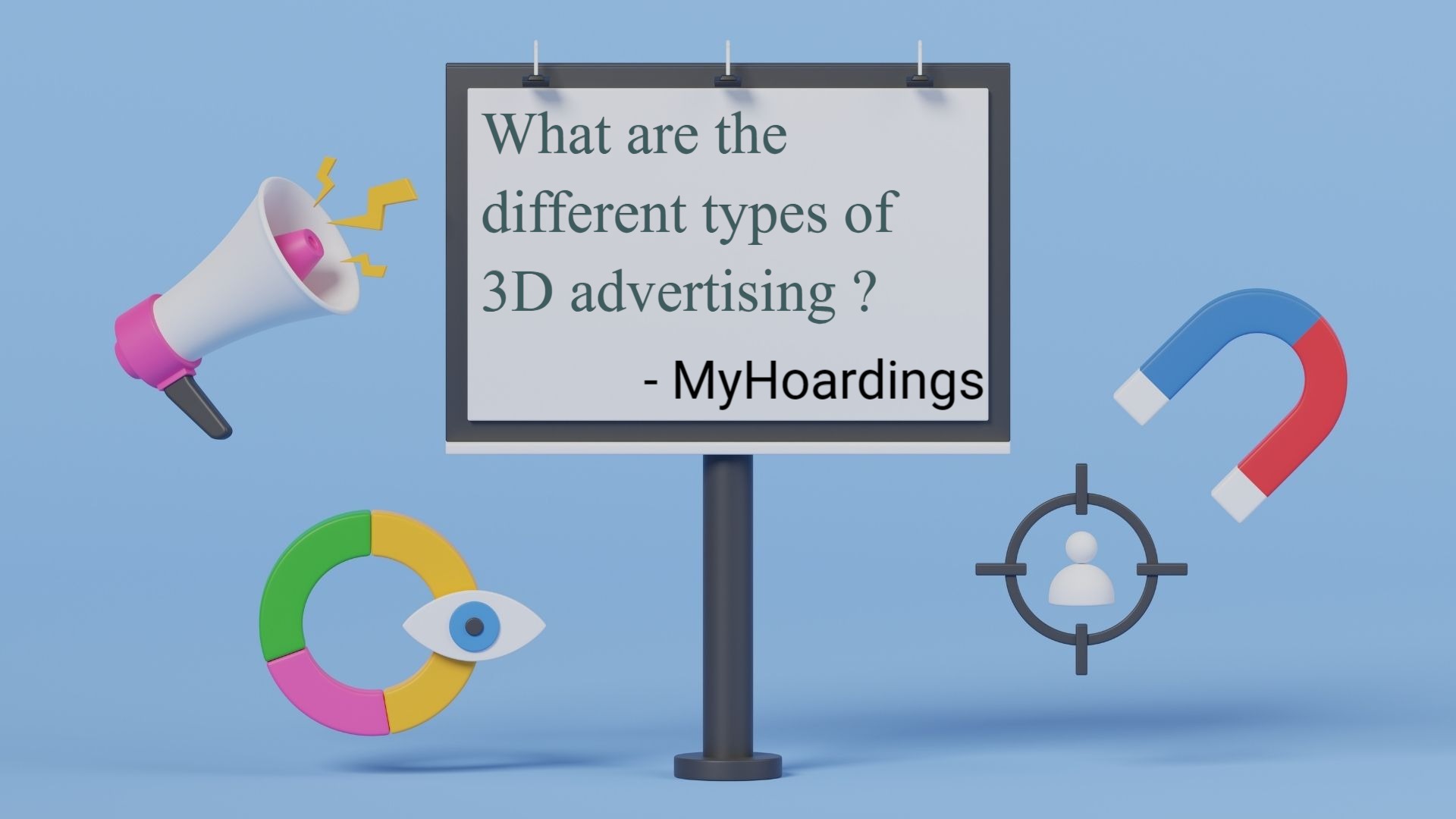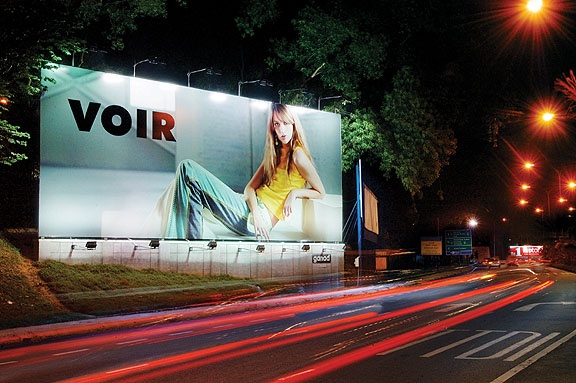Different Types of 3D Advertising
3D advertising is an innovative way to capture audience attention and create memorable experiences. With advancements in technology, there are several types of 3D advertising that brands can leverage. Here’s a look at some of the most popular types:
1. 3D Display Ads
Description: These are traditional online ads enhanced with 3D elements. They are typically used on websites and social media platforms to make the ad more engaging and interactive.
Benefits:
- Enhanced visual appeal
- Increased engagement rates
- Better user experience
2. 3D Billboards
Description: These are large-scale outdoor advertisements that use 3D elements to create an eye-catching and immersive experience for viewers. Examples include digital billboards in high-traffic areas and static billboards with 3D enhancements.
Benefits:
- Captures attention in busy environments
- Creates a memorable visual experience
- Ideal for high-impact campaigns

3. Augmented Reality (AR) Ads
Description: AR ads overlay digital 3D elements onto the real world using smartphone cameras or AR glasses. These ads are often interactive and allow users to engage with the brand in a unique way.
Benefits:
- High interactivity
- Personalized user experience
- Enhanced brand engagement
4. Virtual Reality (VR) Ads
Description: VR ads immerse users in a fully 3D virtual environment using VR headsets. These ads provide an entirely immersive experience, making users feel like they are part of the advertisement.
Benefits:
- Deeply immersive experience
- High engagement and recall rates
- Ideal for experiential marketing
5. 3D Video Ads
Description: These are video ads that incorporate 3D elements to create a more dynamic and engaging viewing experience. They can be used on various platforms, including social media, YouTube, and TV.
Benefits:
- Engaging visual content
- Increased viewer retention
- Versatile for multiple platforms
6. Holographic Displays
Description: Holographic ads use hologram technology to project 3D images into physical spaces. These displays can be seen without the need for special glasses and create a futuristic advertising experience.
Benefits:
- Futuristic and novel appeal
- High attention-grabbing potential
- Suitable for events and exhibitions
7. 3D Printed Ads
Description: These are physical ads created using 3D printing technology. They can be used for product prototypes, promotional items, or unique physical advertisements that stand out.
Benefits:
- Tangible and interactive
- Customizable and unique
- Great for direct marketing and events

8. 3D Projection Mapping
Description: This technique uses projectors to display 3D visuals onto buildings and other structures. It creates an illusion of transformation on the surface, making it appear as if the structure is changing shape.
Benefits:
- Highly captivating
- Creates a large-scale visual impact
- Perfect for public events and launches
Conclusion
3D advertising offers a diverse range of formats that can significantly enhance brand visibility and engagement. From interactive AR and VR ads to eye-catching 3D billboards and holographic displays, the possibilities are endless. By leveraging these innovative techniques, brands can create memorable advertising experiences that stand out in a crowded market.
At MyHoardings, we specialize in crafting unique and effective 3D advertising campaigns. Contact us today to explore how we can help your brand harness the power of 3D advertising to reach and engage your audience like never before.
10 Tips for Marketing to Millennials – |



